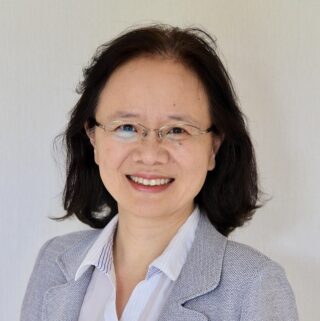
Professor // 教授
Distinguished Professor, Faculty of Advanced Life Science
Principal Investigator, ICReDD
北キャンパス総合研究棟2号館4階4-13室
gong[AT]sci.hokudai.ac.jp
researchmap
Web of Science ResearcherID: IUQ-2298-2023
ORC ID: 0000-0003-2228-2750
Google Scholar
Citation data are available on the Web of Science ResearcherID website.
[Sum of the Times Cited: 33,709, h-index: 86, as of October 1, 2024]
Profile
Jian Ping Gong obtained her bachelor’s degree in electronic physics from Zhejiang University, China, and received her Master’s degree in polymer science from Ibaraki University, Japan. She studied high Tc superconductors at the Tokyo Institute of Technology for two years where she earned her Doctor of Engineering. She has been working on polymer science since 1993 at Hokkaido University, and received her Doctorate of Science in polymer sciences. She has received various scientific awards, including the APS 2023 Polymer Physics Prize, the Chemical Society of Japan (CSJ) Award in 2022, The 33rd Award of the Society of Rubber Science and Technology, Japan in 2021, the MEXT Commendation for Science and Technology in 2019, the DSM Materials Sciences Award 2014, The Chemical Society of Japan Award for Creative Work for 2011, The Award of the Society of Polymer Science, Japan in 2006, and 2001 Wiley Polymer Science Award (Physics). She also serves on the editorial and advisory boards of the Biointerphases, Asia Materials, Soft Matter, Mechanics of Soft Materials, Advanced Materials, and Materials Horizons. She served as Director of Global Station for Soft Matter, GI-CoRE from April, 2016 until March, 2019. She has been serving as PI for WPI-ICReDD since October, 2018 and International Advisory Board for DoDyNet since 2019. She focuses on the study of physical and biological properties of soft and wet matters.
Complete List of Publications
業績の全件一覧は「業績(メンバー別|Jian Ping GONG)」ページをご覧ください。

